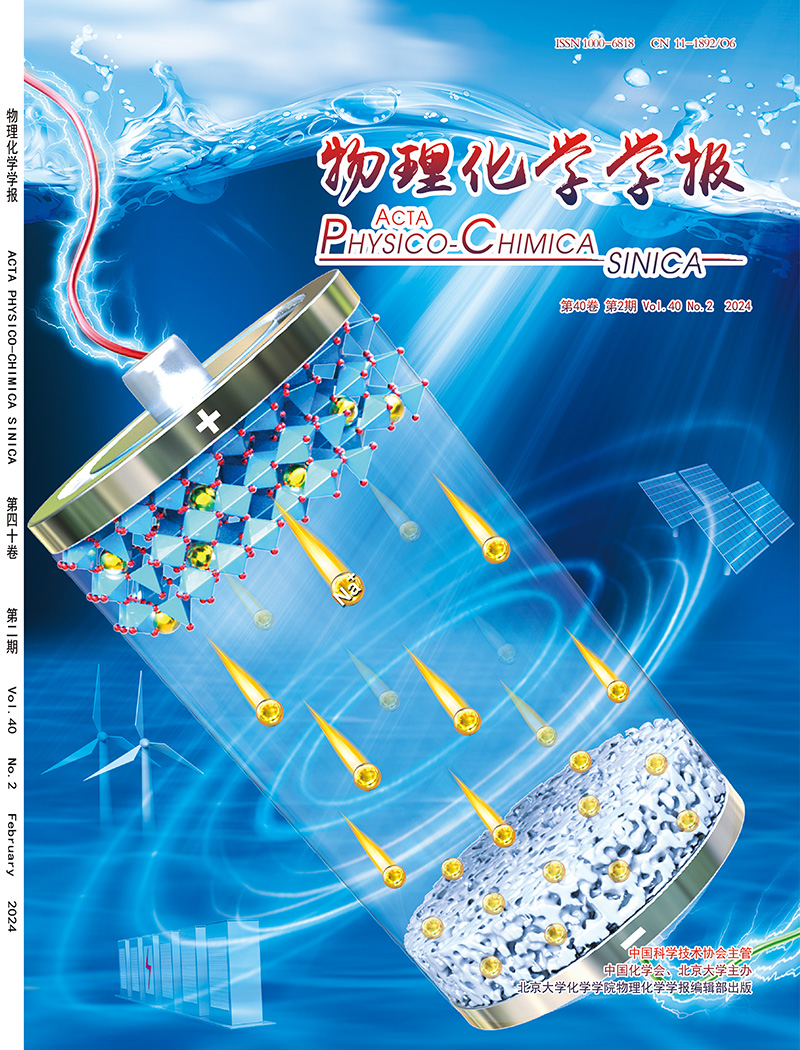BiVO4/WO3−x S-scheme heterojunctions with amplified internal electric field for boosting photothermal-catalytic activity
IF 13.5
2区 化学
Q1 CHEMISTRY, PHYSICAL
引用次数: 0
Abstract
Modulating the internal electric field (IEF) remains a critical challenge for S-scheme heterojunction photocatalysts. The BiVO4/WO3−x S-scheme heterojunctions were successfully prepared to purify the wastewater environment where TC and Cr (VI) coexist under visible light illumination. The BiVO4/WO3−x with 10 wt% WO3−x (BVO/WO3−x-10) demonstrated superior photocatalytic efficiency, which could degrade 78.5 % of TC and reduce 85.3 % of Cr(VI) in 60 min. The photocatalytic activity of BVO/WO3−x−10 displayed enhanced removal efficiency in the mixed system. The removal ability of TC and Cr (Ⅵ) was increased by 1.29 and 1.32 times, respectively. Based on IR thermography measurements, the elevated reaction system temperatures were ascribed to the photothermal effect of WO3−x. Oxygen vacancies (OVs) could amplify the energy band difference between WO3−x and BiVO4, which strengthens the IEF and accelerates the separation of carriers. A detailed degradation pathway and intermediate toxicity were carried out using the mung bean experiment and the results of the LC−MS. In general, this work provided new insights for regulating IEF to enhance the degradation efficiency in mixed wastewater and the carriers separation in the S-scheme heterojunction of the photothermal-catalytic system.

具有放大内电场的BiVO4/WO3−x s方案异质结提高光热催化活性
对s型异质结光催化剂的内部电场进行调制仍然是一个关键的挑战。成功制备了BiVO4/WO3−x S-scheme异质结,用于净化可见光照射下TC和Cr (VI)共存的废水环境。BiVO4/WO3−x (BVO/WO3−x-10)质量分数为10 wt%的BiVO4/WO3−x表现出优异的光催化效率,在60 min内可降解78.5%的TC和85.3%的Cr(VI)。BVO/WO3−x−10的光催化活性在混合体系中表现出更高的去除效率。对TC和Cr(Ⅵ)的去除率分别提高了1.29倍和1.32倍。红外热像测量结果表明,WO3−x的光热效应导致了反应体系温度的升高。氧空位(OVs)可以放大WO3−x和BiVO4之间的能带差,从而增强IEF,加速载流子的分离。利用绿豆实验和LC - MS的结果对其降解途径和中间毒性进行了详细的研究。总的来说,本研究为调节IEF提高混合废水的降解效率和光热催化体系s型异质结中载体的分离提供了新的见解。
本文章由计算机程序翻译,如有差异,请以英文原文为准。
求助全文
约1分钟内获得全文
求助全文

 求助内容:
求助内容: 应助结果提醒方式:
应助结果提醒方式:


